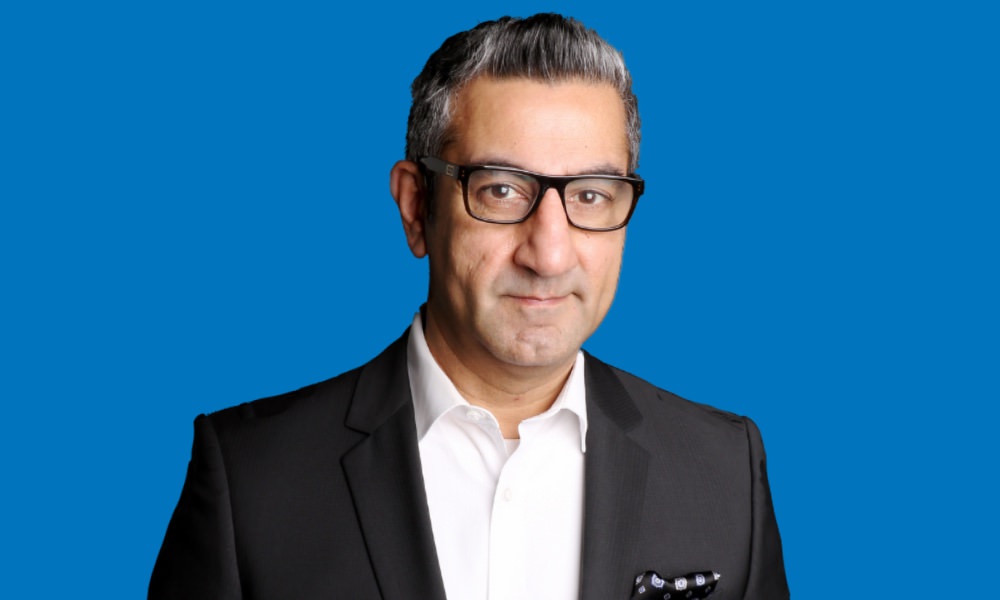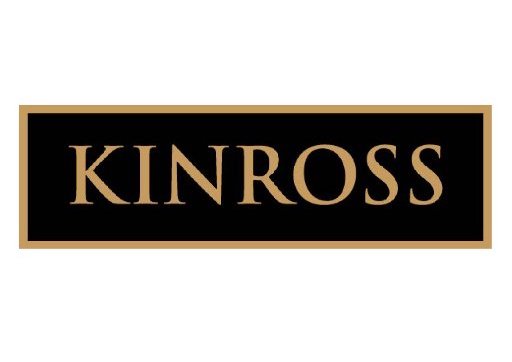When you’re the Chief Investment Officer overseeing $75 billion in assets, every move matters. Sadiq Adatia of BMO Global Asset Management doesn’t make portfolio changes lightly—and he certainly doesn’t follow the crowd. His recent flipping of BMO’s playbook to lean back into U.S. equities and reduce exposure to defensive safe havens like gold and consumer staples, is raising eyebrows.
In a candid conversation with Amber Kanwar on In The Money1,2, Adatia lays out why he believes now is the moment to step back into risk—and why some of the market’s unloved assets may be due for a comeback.
Reintroducing Risk—Strategically
Adatia’s biggest move? Rebuilding overweight positions in equities, especially in the U.S. “There’s nothing wrong with taking profits,” he says, reflecting on earlier caution. “But... just recently, we’ve gone to an overweight positioning back... on the equity side and also into the U.S. equity side.”
Why the shift now? He sees a dramatically improved backdrop. “What we believe in the last kind of six weeks or so is that things have changed dramatically,” he explains. With tariff fears fading—“We’re not talking 60–75% tariffs anymore. We’re talking 10%”—and U.S. economic data holding up, the risk picture looks far more manageable. Sure, valuations are high. But as Adatia points out, “The U.S. is still more expensive... but it also has the best earnings, it also has the strongest growth.”
Gold Has Done Its Job—Time to Step Back
BMO’s long-standing bullish stance on gold has finally cooled. After using it as a hedge against volatility, inflation, and Trump-era uncertainty, Adatia is shifting to neutral. “Gold has done everything we expected it to do and then some,” he says. “Now we’re at the stage where we’re feeling a lot better about where things are at... We’d rather use [hedging] through options.”
That doesn’t mean gold is off the table forever. It’s still in the portfolio, just not a star player—more of an insurance policy for now.
Interest Rates: Look Beyond the Noise
While many investors obsess over every word from the Fed, Adatia has a broader view. “The key is to think about it over the next few years—are rates going lower? And the answer to us is absolutely yes.” BMO is expecting one or two cuts this year, and more as we head into 2026. The timing may be up for debate, but the direction, in his view, is clear.
A Warmer View on Canada
It’s not just the U.S. getting a second look. BMO is also softening its stance on Canada—moving from underweight to neutral. “We’ve slowly been increasing our Canadian exposure,” Adatia confirms. While the domestic economy is still weak, Canada’s position in the shifting tariff landscape gives it a relative edge. Plus, with the Bank of Canada cutting rates ahead of the Fed, there’s room for short-term tailwinds.
Sector Picks: Financials, Tech, and a Staples Slowdown
Where is Adatia most bullish? First up: financials. “We think financials are going to benefit... more so than they did over the last few years,” he says, citing resilient consumers, solid dividends, and reasonable valuations.
Next: technology. Despite brief doubts earlier this year, Adatia sees big tech as still dominant. “Those are the best companies in the world,” he emphasizes. “If Apple decided to increase their iPhone price by $100, no one’s going to blink.” He’s especially bullish on long-term trends like AI, cloud computing, and automation. “This is a multi-year, multi-decade story.”
Meanwhile, consumer staples are looking pricey and over-loved. “Those names are becoming a little too expensive,” he warns, singling out companies like Costco trading at 50+ times earnings. For now, BMO is cooling its enthusiasm for the “safe” plays.
Tariffs, Inflation—and Profit Opportunity?
One of Adatia’s most interesting insights involved tariffs—not as a threat, but as a backdoor boost to margins. “Let’s say it’s a 10% tariff... only 40% of that actual cost of the product is coming from raw goods. So really 10% on the 40% is only a 4% tariff,” he explains. But companies can use that headline number to justify higher price hikes. “They might do 7 and say, ‘We’re doing you a favor.’ But they’ve gouged up their profits by another 3%.” Translation: margins could expand, not shrink, as companies “price in” the drama.
The Role of AI: Still Early, But Already Changing the Game
Adatia isn’t just watching AI—his team is already using it. “We use AI for sure within our processes,” he says. From portfolio optimization to real-time insights, it’s starting to shape decision-making. But he’s quick to acknowledge its limits: “There is going to be even more premium on that stuff that takes place offline.”
And while some jobs may be lost, he believes others will evolve. “Those that can work with AI will also be at a premium,” he says. Think of it as the beginning of a structural shift—like the internet in its early days.
A Skeptical Market Is a Bullish Signal
Perhaps Adatia’s most contrarian insight is this: the rally doesn’t feel euphoric—yet. And that’s a good thing. “This is probably the least invested bull market that we’ve seen because there’s still money sitting on the sidelines.” Concerns over debt, politics, and inflation still dominate investor conversations. But for now, the data says the consumer is holding up, and the economy is more resilient than headlines suggest. “Until we actually see [consumer weakness], we’re not fighting the U.S. consumer. We’re not fighting the momentum.”
Bottom Line: While others hesitate, Adatia is leaning in. Backing U.S. equities, embracing sectors like financials and tech, and dialing back defensives like gold and staples, he’s making a bet that what once worked—might just work again.
Footnotes:
1 "In the Money with Amber Kanwar | $75 Billion CIO Says What Wasn’t Working is Starting to Win." 3 July 2025
2 "Podcast Episodes - In The Money Podcast." In the Money with Amber Kanwar, 3 July 2025.















